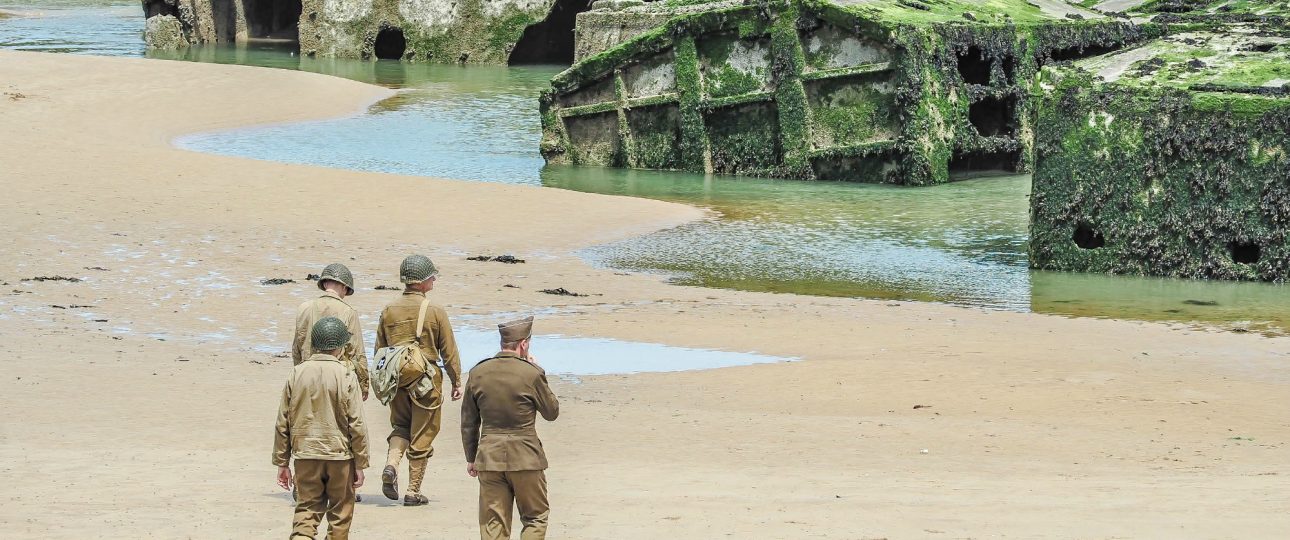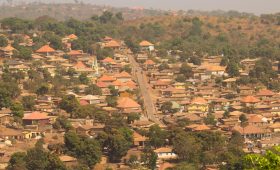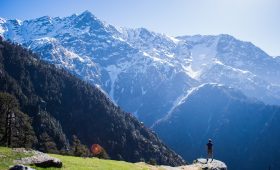D-Day Beaches of Normandy, France
About the D-Day Beaches
The D-Day Beaches in Normandy, France, are a poignant reminder of one of the most significant military operations in history. On June 6, 1944, these shores witnessed the Allied invasion known as D-Day, a pivotal moment in World War II that marked the beginning of the liberation of Western Europe from Nazi occupation. Today, they stand as a testament to the bravery and sacrifice of soldiers from the United States, United Kingdom, Canada, and other Allied nations.
Historical Significance
The Normandy landings, part of Operation Overlord, were the largest seaborne invasion in history. The operation involved around 160,000 troops, supported by 4,000 ships and 11,000 aircraft. Under the command of General Dwight D. Eisenhower, the Allies faced formidable German defenses, including artillery, machine guns, and beach obstacles. Despite heavy casualties, the operation was a crucial victory that paved the way for the liberation of France and ultimately contributed to the defeat of Nazi Germany.
The Five Landing Beaches
The D-Day Beaches are divided into five main landing areas, each with its own unique story and strategic importance:
- Utah Beach: The westernmost beach, assigned to the United States Army, saw a relatively successful landing due to lighter defenses.
- Omaha Beach: Known for its challenging terrain and heavy fortifications, Omaha Beach was the site of intense fighting and significant American casualties.
- Gold Beach: Assigned to the British Army, this beach was located centrally among the landing sites. Despite strong opposition, British forces secured the area and advanced inland.
- Juno Beach: The Canadian Army faced fierce resistance at Juno Beach but managed to push through and establish a foothold.
- Sword Beach: The easternmost beach, also assigned to the British Army, was crucial for securing the eastern flank of the invasion. Despite initial resistance, the British forces succeeded in their objectives.
Best Time to Visit
The optimal time to visit the D-Day Beaches is from April to September when the weather is mild and conducive to exploring the historical sites. However, be mindful that these months coincide with peak tourist season, so visiting on weekdays or early in the morning can offer a more peaceful experience.
How to Get There
There are several ways to reach the D-Day Beaches:
- By Air: The nearest major airport is Paris Charles de Gaulle Airport. From there, you can fly to Caen, the closest airport to the beaches.
- By Train: Trains from Paris to Caen or Bayeux provide a scenic journey through the French countryside, bringing you close to the beaches.
- By Car: Renting a car in Paris and driving via the A13 motorway takes about three hours, depending on traffic.
Local Transportation
Once in the area, having a reliable mode of transportation is essential for exploring the various sites:
- Car Rental: Renting a car offers the flexibility to visit different beaches and museums at your own pace. Rental services are available in Caen and Bayeux.
- Tour Buses: Guided tours provide informative commentary and transport to key historical sites.
- Bicycles: For an active exploration, bicycles can be rented, allowing you to enjoy dedicated cycling paths along the coastline.
Summary of Facts
- The D-Day Beaches were pivotal in World War II’s Operation Overlord.
- Five main landing beaches: Utah, Omaha, Gold, Juno, and Sword.
- Best visiting period is between April and September.
- Nearest major airport is Paris Charles de Gaulle Airport.
- Trains and cars are convenient for reaching the area.
- Local transportation options include car rentals, tour buses, and bicycles.




